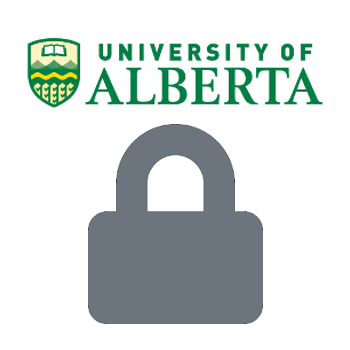Search
Skip to Search Results- 641Oil Sands Research and Information Network (OSRIN)
- 258Graduate and Postdoctoral Studies (GPS), Faculty of
- 258Graduate and Postdoctoral Studies (GPS), Faculty of/Theses and Dissertations
- 221Oil Sands Research and Information Network (OSRIN)/AOSERP Reports
- 113Oil Sands Research and Information Network (OSRIN)/Government of Alberta Reports
- 100Oil Sands Research and Information Network (OSRIN)/Revegetation Species Profiles
- 683Report
- 258Thesis
- 62Article (Published)
- 60Research Material
- 12Conference/Workshop Presentation
- 8Article (Draft / Submitted)
-
1985
Corkum, L., Thompson, M. V., Hamilton, H. R.
This report overviews major water quality patterns and trends for the Athabasca River and its major tributaries. In doing so it compares water quality data with surface water quality objectives, identifies spatial and temporal patterns, defines major factors affecting water quality,...
-
Watersheds in the Alberta Oil Sands Environmental Research Program study area: Drainage basin delineations, watershed areas, and stream profiles
Download1980
This report contains watershed boundary delineations and associated drainage areas, and channel profiles on watersheds in the AOSERP study area. Included are watersheds larger than 50 km2 (20 mi2) tributary to the Athabasca River, and tributary sub-basins which contain standard hydrometric...
-

2020-09-08
SSHRC IG awarded 2021: Using five threads of a Métis worldview as represented by the Métis sash – geography and place, mobility, economy, daily life, and kinship relations (Macdougall, Podruchny, and St-Onge 2012), we propose research that weaves together archaeological, spatial, and historical...
-
Spring 2022
The mainstream history of the Internet, digital information and communication technologies (ICTs) shows a clear shift to a centralized digital landscape that is predominantly controlled by corporations. However, diverse individuals, communities and Nations around the world have created...
-
Fall 2011
Oil sands mining in Alberta will destroy tens of thousands of hectares of boreal habitat. This land will need to be reclaimed. Current closure plans call for the construction of shallow open water wetlands to cover about 10-30% of the reclaimed landscape. Already, several trial wetlands have...
-
Fall 2011
This study was undertaken to examine the economic value of government sponsored control programs to limit the levels of chronic wasting disease (CWD) in Alberta. Respondents’ knowledge, attitudes and preferences concerning aspects of CWD including control methods were also addressed. Employing an...
-
When Pictures Waste a Thousand Words: Analysis of the 2009 H1N1 Pandemic on Television News
Download2014-10-24
Jardine, Cindy, Bubela, Tania, Luth, Westerly
OBJECTIVES: Effective communication by public health agencies during a pandemic promotes the adoption of recommended health behaviours. However, more information is not always the solution. Rather, attention must be paid to how information is communicated. Our study examines the television news,...
-

09/28/2021
SSHRC IG awarded 2022: "Who owns the prairies?" will uncover and analyze who has owned the farmlands of the prairies of Manitoba, Saskatchewan, and Alberta from the 1870s treaties to today. It will dissect the objectives, attitudes, politics, and logics of the laws and policies that shaped land...